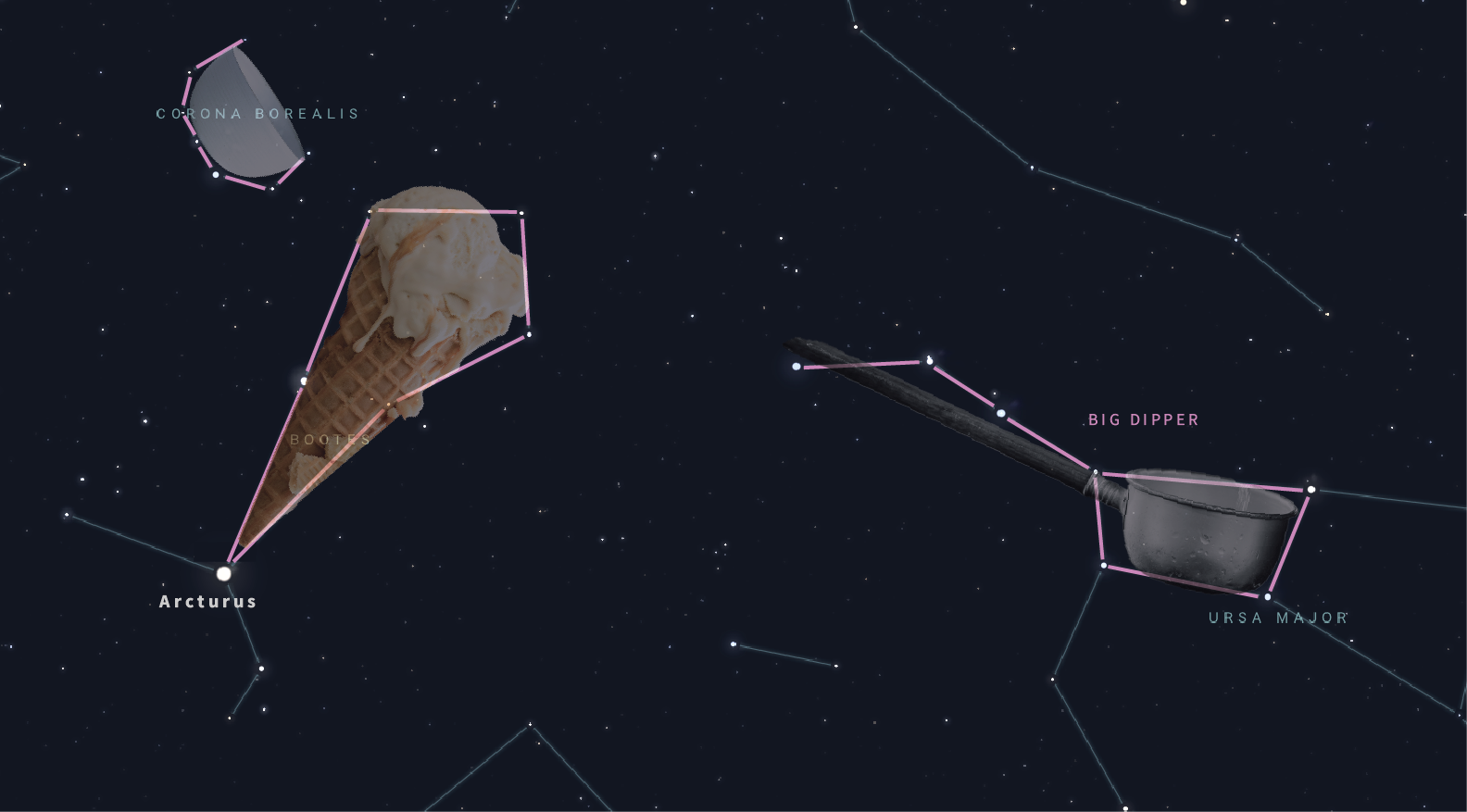 Upcoming Nova in Corona Borealis
Upcoming Nova in Corona Borealis
This summer, 2024, we are likely to have a unique opportunity. There is a star in the constellation of Corona Borealis that is going to go nova. This means it is going to get much brighter, and it will look like the constellation has a new star for a short period of time. The star is named T Coronae Borealis or the Blaze Star.
(Hint, don’t confuse it with τ Coronae Borealis).
After that, the star will dim back down to something you need binoculars to see, and then dimmer still so you’ll need a telescope again–as is true right now.
Lots of info about the nova: https://www.nasa.gov/centers-and-facilities/marshall/nasa-global-astronomers-await-rare-nova-explosion/
Published directions for how to find the Corona Borealis in the night sky suggest finding Hercules first—one of the most difficult to find because it is so dim. Let’s do something else.
Corona Borealis itself is much easier to find. I suggest you use star hopping. Here’s how:

- Start by finding the Big Dipper. I know that’s a big ask at first, but it is always in the North, and pretty big. Use a planetarium app on your phone to help find it the first time.
- Follow the arc of the handle of the Big Dipper and keep on going past the end in the same arc.
- Keep following that arc until you get to a bright star. This is (believe it or not) Arcturus. You have just “arced to Arcturus.”
- Arcturus is the base of a medium brightness constellation named Boötes, which is shaped like a mostly-eaten ice cream cone.🍦
- Slide up the left-hand side and just sorta fall/flip off the end into the little cup of stars.
- 🎉Ta-Da! That little cup of stars is Corona Borealis!!!
- The nova, when it happens, will be off to the left.
Images by Alice Enevoldsen. Starfield from Stellarium. Photos from Unsplash: Ice cream cone – Dana DeVolk. Bowl – Tom Crew. Dipper – David Klein.
– Alice





